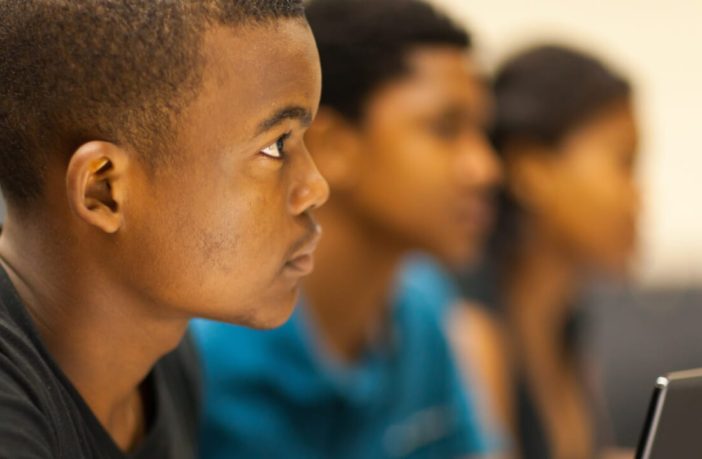College is a place of opportunity and dreams. For most, it is a gateway to a brighter future. Coming from a small town in South Carolina, Taylor Davenport found herself in the big city of Philadelphia at Temple University. Davenport is a beacon of intellect, grace and ambition, but like many of her Black peers, she couldn’t help but feel a distinct difference at a predominantly white university. One of her fellow Temple students, Wisdom Quarshie, hails from New Jersey and also encountered a stark difference in his freshman year.
Davenport and Quarshie often found themselves as one of the few faces of color in the classrooms and around campus. It was a reminder of the similarities and differences in their high school experiences and upbringings. They found they had to work harder to prove themselves and sometimes speak louder to be heard. Outside of the classroom, most Black students crave spaces that are familiar to them. They look for Black organizations and events, places where their legacy is accepted and celebrated.
Through these types of groups or gatherings, Black students find solace and connection with others who share their experiences. While some Black students may have better opportunities in these universities, there are social and educational outcomes that can have a negative effect academically. And while certain Black students can thrive in these situations, they can still experience culture shock and isolation. These are some of the challenges that may arise as they adapt to their campus environment.

Davenport and Quarshie knew they were not alone on their path of self-discovery and success. They met other Black students and learned of their stories, dreams and aspirations. Together, they formed a close-knit community, a support system that understands the complexities of navigating a predominantly white campus.
TheGrio is FREE on your TV via Apple TV, Amazon Fire, Roku and Android TV. Also, please download theGrio mobile apps today!



